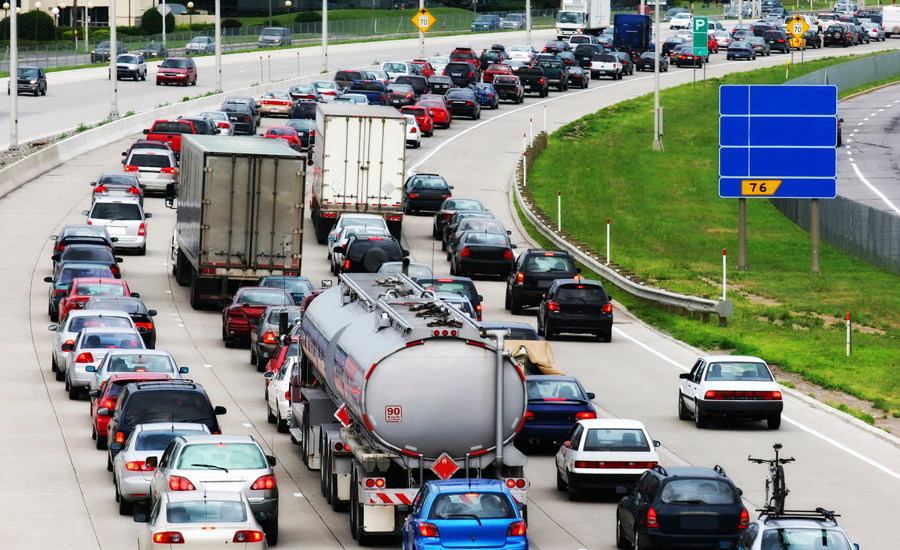How to have a safe summer (on the road)

A little preparation can go a long way toward make sure your summer travels by car will be safe ones. That’s the message the National Highway Traffic Safety Administration (NHTSA) is trying to get across to motorists in a dedicated page chock full of safety tips, a video and a downloadable safety checklist that drivers and passengers should follow before, and during, their trips.
“We are encouraging all motorists to drive safely this summer and to make sure their vehicles are road trip ready,” said Heidi King, NHTSA Deputy Administrator.
Routine car care like tune-ups, battery checks, and tire rotations are important and help with preventing breakdowns. Be sure also to check your vehicle’s tire pressure, wiper blades, fluid levels, lights, and air conditioning before you go. It’s equally important to:
- Check for recalls. Even the most informed car owner may be unaware that their recalled vehicle needs repair. The repair is free. NHTSA’s VIN Look-Up Tool lets you see if your vehicle has been repaired as part of a safety recall in the last 15 years. Visit www.nhtsa.gov/recalls to find out about possible safety defects in your vehicle, and help protect your loved ones and other motorists.
- Protect your passengers. All drivers and passengers should wear seat belts. When you’re traveling with a child, it’s safest for them to ride in a car seat suited for their age and size, and all children 12 and younger should ride in the back seat. If you’re having trouble finding the right car seat for your child’s age and size, visit www.nhtsa.gov/parents for additional tips.
- Share the road and stay alert! Warmer weather will attract different types of roadway users, including motorcyclists, bicyclists, and pedestrians. Put a safe distance – 3 or 4 seconds worth – between you and motorcyclists, and always be mindful of pedestrians and bicyclists. During long trips, take a break when driving long distances. Plan for times to stop and stretch, eat healthy meals and relax, and consider stopping and staying in a hotel to recharge during longer drives.
- Observe “Move Over” laws. Slow down and move over–change lanes if it’s safe to do so—to give safe clearance to law enforcement officers assisting motorists on the side of the road. It’s the law in all 50 states.
- Store an emergency roadside kit. Even well-maintained vehicles can break down, so it’s a good idea to have a few emergency items readily accessible for your family’s road trip. In your kit, consider adding a cell phone and charger, first aid kit, flashlight, flares, jumper cables, water, and blankets.
- Don’t drink and drive. Be responsible: if you plan to drink, choose a designated driver before going out. You can also get NHTSA's SaferRide mobile app from the iTunes store or Google Play. SaferRide allows users to call a taxi or friend for a ride, and will even help users identify their location so they can be picked up.
- Avoid distraction. Distracted driving is dangerous, claiming 3,450 lives in 2016 alone. Distracted driving can be anything that pulls your attention away from driving, including cell phone use, texting while driving, eating, drinking, and using in-vehicle technologies and portable electronic devices. Please visit NHTSA’s distracted driving safety website for additional information.
- Learn about 15-passenger vans. Drivers and passengers of 15-passenger vans should be aware that these vehicles have unique operating and handling requirements. Click here for more information and to help ensure a safe trip.
Stay connected with NHTSA: Search for open recalls with VIN Look-Up | Download the mobile app for Apple or Android devices | Receive recall alerts by e-mail | Visit us on Facebook.com/NHTSA | Follow us on Twitter.com/NHTSAgov | Watch 5-Star Safety Ratings crash tests on SaferCarTV
Looking for a reprint of this article?
From high-res PDFs to custom plaques, order your copy today!




